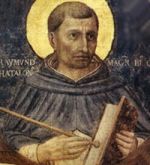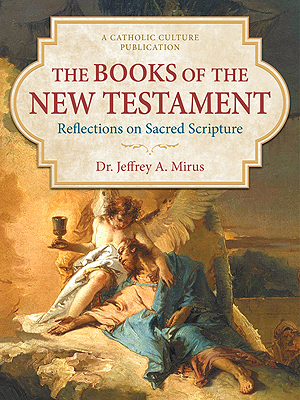Cologne
by Zsolt Aradi
The Cathedral of Cologne is as much the landmark of Catholic Germany as St. Stephens Cathedral in Vienna is that of Central Europe, or Notre Dame de Paris that of France. During the Middle Ages, no city north of the Alps was so rich in churches as Cologne. At times, it was called "the German Rome." This cathedral is the greatest monument of Gothic architecture in Germany; its cornerstone was laid in the middle of the thirteenth century, but unlike the great French cathedrals it was not finished then. Two hundred years later, the construction of the cathedral was interrupted and very little was done on it for the following four hundred years. This in itself reflects the split in Christianity in Central Europe and particularly in Germany. And when its construction was resumed, the effects of the French Revolution caused the interior of this cathedral to be used as a hay barn. Eventually, the cathedral was completed toward the end of the nineteenth century.
The Cathedral of Cologne is not directly dedicated to Mary. It has, however, strong ties with her, because the relics of the three Magi were brought here from Milan during the Middle Ages and this made the cathedral one of the outstanding sanctuaries dedicated to the Nativity of Christ. Pilgrimages to Cologne started early in the twelfth century from as far as Venice, Genoa and Hungary.
The city's population, proud of its great cultural inheritance, Duns Scotus and Albertus Magnus among others having taught here, never gave up its ambition to remain the leader of German Catholicism. German Christian life drew inspiration from the spirit of this cathedral; art, literature, social movements, and youth organizations flourished up to this date and influenced not only the German spirit, but also the surrounding countries. Situated on the shores of one of the great European arteries, the Rhine, even its central location facilitated the mission of Cologne. The pilgrim who went to Kevelaer, to Luxembourg, to Aachen or to any other holy place dedicated to Our Lady in Northern Germany, took rest in the Cathedral of Cologne. In the many German Catholic congresses, particular Marian celebrations, the cult of the Virgin is constantly alive in this city.
This item 3054 digitally provided courtesy of CatholicCulture.org






